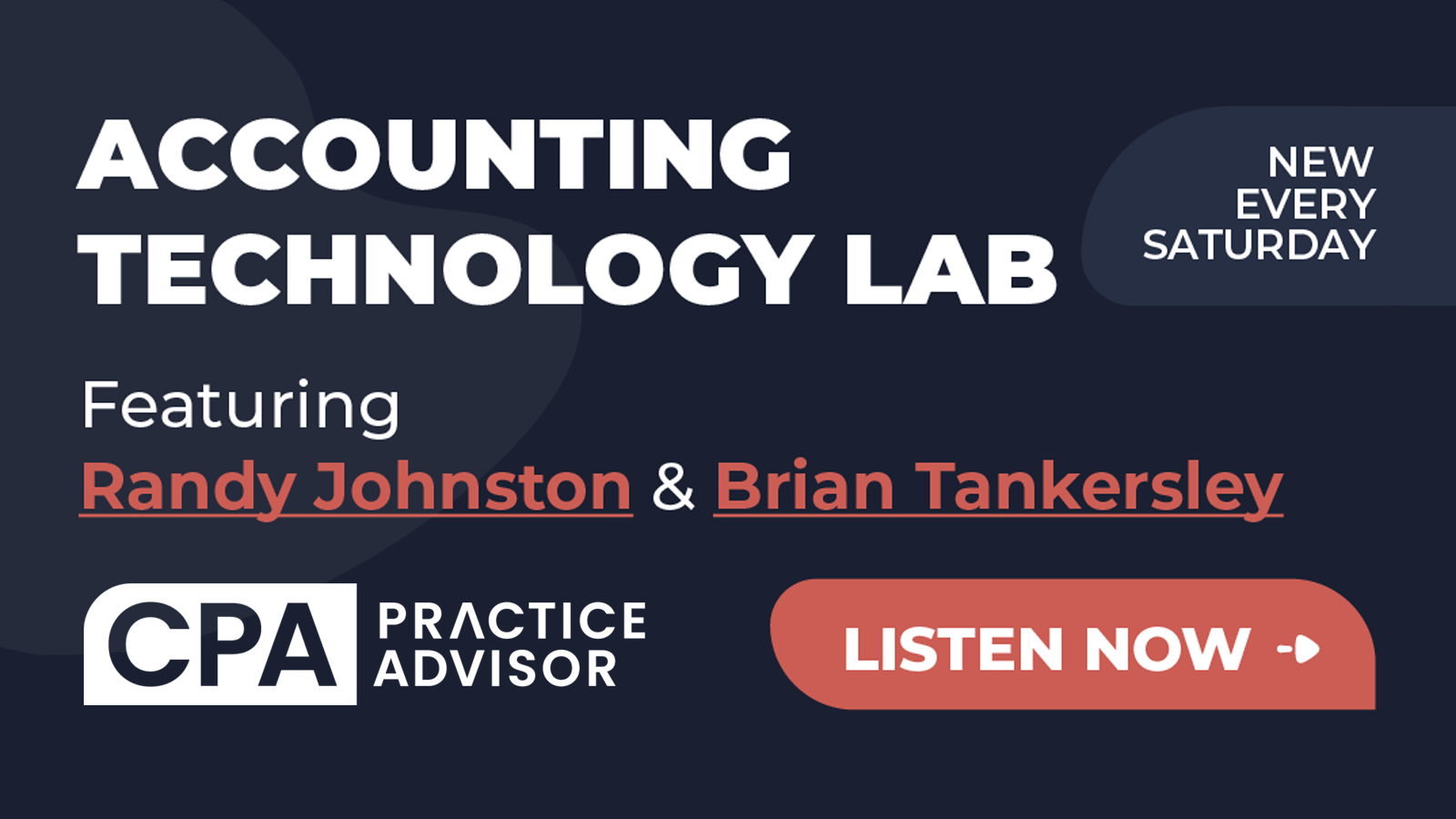CPA firm leaders that view their multigenerational workforce as a source of competitive advantage have the right outlook. Sure, it can be challenging to create a cohesive and productive work environment when you have four or even five different generations working in your organization. But harnessing the strengths of each group, from the Silent Generation to Generation Z, can create significant upside for your business — and help position your firm for future success.
Improved retention of in-demand professionals is one positive outcome you can experience when you invest in and focus on nurturing your multigenerational workforce. As I emphasized in a previous article, taking the time to understand what motivates all your employees to work for your firm and perform at their best is vital to holding on to top talent. When employees feel valued and understood, regardless of their age or level of professional experience, they are more likely to be engaged and loyal.
Other compelling benefits your business can realize when you have a multigenerational team include:
- Access to diverse perspectives that help drive innovation: A workforce composed of multiple generations offers a rich diversity of thought ready to be tapped. Seasoned employees bring decades of experience and deep industry knowledge, while up-and-coming professionals can introduce fresh ideas and new approaches. This blend of perspectives can lead to more creative problem-solving and innovation that leads to the development of new offerings and solutions that can differentiate your firm.
- Greater ability to build well-rounded teams ready to tackle diverse challenges: Each generation of workers possesses distinct skill sets that can deepen your firm’s readiness to pursue new opportunities and adapt to change. Baby boomers and Generation X employees, for example, often have strong leadership skills and a thorough understanding of business processes. And millennials and Generation Z tend to be particularly adept at using the latest technology and digital tools, which can help you to modernize your firm’s operations.
- Mentorship and knowledge transfer — both structured and organic: The coexistence of multiple generations in the workplace provides a natural environment for mentorship. Experienced team members can share their wisdom and insights with colleagues just starting to forge their career path. And less traditional arrangements, like reverse and peer-to-peer mentoring, can help create a more inclusive learning environment for everyone who is keen to learn and grow professionally. Making the point to deploy generationally diverse teams on projects can help to foster organic knowledge sharing, too.
You can also enhance customer relations and satisfaction. If your workforce is diverse, then your business will be better positioned to attract and serve a diverse customer base. While this is not always the case, employees from different age groups do tend to relate to and connect more naturally with clients of their own generation. The ability to understand and meet the needs of a wide range of customers can sharpen your competitive edge and help you grow your business.
Strategies to create a high-performing multigenerational workforce
You can take several approaches to maximize the potential of a multigenerational workforce at your CPA firm. Encouraging cross-generational collaboration through mentoring arrangements and the creation of diverse project teams was already mentioned. Here are three more strategies to consider:
1. Offer flexible work policies
Robert Half’s Demand for Skilled Talent report notes that a common cause of churn in today’s workforce is employees’ desire for flexible work options. As such, leading employers recognize that hybrid and remote work arrangements can help them retain top performers and attract skilled candidates.
Offering these and other arrangements, like the ability to work flexible hours, can help you address the various needs of your employees across generations. For example, according to Robert Half’s workplace research, 61% of U.S. workers who said they want flexible work options cited the ability to accommodate personal commitments more easily as a motivating factor We also learned that 78% of professionals who prefer to work flexibly want to save time and money on commuting.
2. Provide continuous training and development
Prioritize efforts to foster a culture of continuous learning at your firm and create generationally inclusive programs that cater to employees’ diverse learning preferences. In addition to mentorship programs, you could offer access to learning options such as in-person workshops and online courses, including those that can help everyone ramp up with new technology like generative AI.
Be sure to regularly assess and adapt your learning programs to meet your employees’ evolving needs and career stages, leveraging feedback from staff members across all age groups. This can help promote employee engagement. And when you take the time to understand what your workers want, you can create meaningful career pathways for them and more confidently develop succession plans.
3. Maintain effective communication channels
Each employee is unique, and acknowledging that can help you be more successful at managing a multigenerational workforce. It’s good practice to adapt your management style to suit the strengths, personality and aspirations of each individual employee. That said, you’ll still need to take generational preferences and expectations into consideration, especially when it comes to communication.
For example, you may find that your employees in the Silent Generation or baby boomer set have no issue hopping on a video call when needed, but they might prefer to have face-to-face meetings or phone calls. Your Gen X employees, meanwhile, might favor email communication. And your team members from Generation Z might be avid users of instant messaging apps.
Your challenge as a CPA firm leader is to be ready to communicate effectively through all channels your staff members use at work. As for your overall approach, strive to be clear, concise and adaptable in your messaging, encourage open dialogue, and actively solicit and listen to feedback from your team. This will help ensure that employees from every generation in your workplace feel heard and valued.
With thoughtful and inclusive policies, programs and approaches, you can realize benefits from a generationally diverse workforce that far outweigh the challenges of managing such a team. You’ll likely find it’s easier to retain your best people — and to differentiate your employer brand so you can attract top talent who will help guide your business into the future.
====
Steve Saah is the executive director of the finance and accounting permanent placement practice at Robert Half, the world’s first and largest specialized financial talent solutions service. The company has more than 300 locations worldwide. He is responsible for leading U.S. operations, based in the Washington, D.C., metropolitan area. He was named executive director in 2017, previously serving as director of permanent placement services.
Saah has been with the company since 1998, where he started as a recruiting manager, following a career as an internal auditor and assistant controller. He is a noted expert, author and presenter on career, management and hiring trends, particularly those affecting the accounting and finance fields. Saah earned a finance degree from Virginia Tech.
Thanks for reading CPA Practice Advisor!
Subscribe Already registered? Log In
Need more information? Read the FAQs




